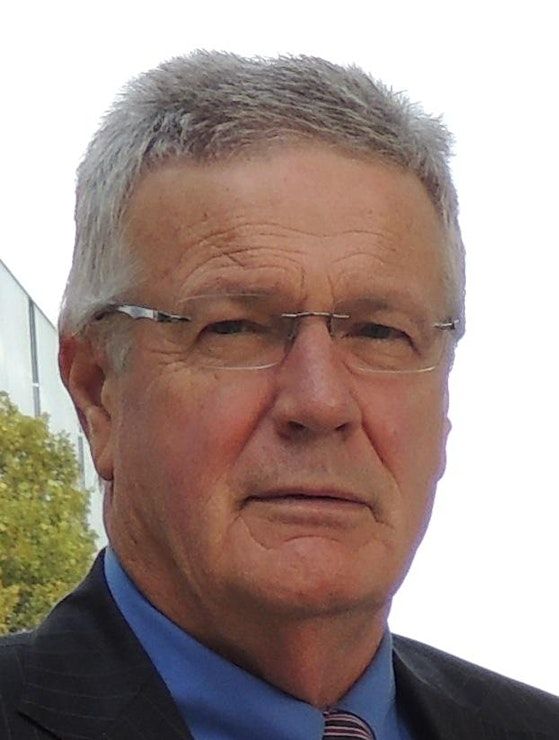Splash Inn 003
Schedule
Fri Nov 15 2024 at 06:30 pm to 09:30 pm
UTC+10:30Location
Rob Roy Hotel | Adelaide, SA

About this Event
Splash Inn 003
Abstract - Man has always been a breath-hold diver wanting to be able to dive deeper and stay down longer. Breathing compressed air enabled both but came at a price – that price was Decompression Sickness (DCS).
First described by Robert Boyle in an animal experiment 1670 it wasn’t until 1845 when Triger described DCS in 2 caisson (compressed air) workers employed at the Chalonnes mine beneath the Loire River in France, he called it ‘Mal de Caisson’. In 1845 Colonel Pasley of the Royal Engineers also described ‘divers rheumatism’ in divers salvaging the wreck the “Royal George’ in Portsmouth Harbour. Pasley didn’t give this problem a name – he just called it ‘rheumatism’.
In 1868 on the Mississippi Bridge project DCS was called ‘The Bends”. In 1869 on the Brooklyn Bridge Project, it was called ‘Caisson Disease”.
From 1870 onwards to the 20th century there were many reports of DCS mainly concerning caisson workers. In 1868 Gal was the first to describe neurological symptoms in a Greek sponge diver who spontaneously improved over 2 weeks. Many of the early DCS reports described spontaneous improvement.
Paul Bert was the first to emphasise that DCS was due to Nitrogen bubbles. Many tried to prove him wrong. Prior to Bert’s theory the popular cause was thought to be to compression induced blood stagnation and congestion, particularly in the spinal cord. Prevention including a slow compression and decompression.
John Scott Haldane was the first to propose staged decompression to prevent nitrogen bubbles from being released. Many have tried to disprove or better Haldane’s staged ‘gas content’ decompression model. In his animal experiments (using goats) he described spontaneous resolution in some of the goats.
This talk will briefly outline the history of DCS and the various theories concerning decompression strategies.
About Dr Chris Acott - I graduated from the Adelaide Medical School in 1971 and following graduation I travelled for 19 years working and diving in several countries and various Australian states. I learnt my diving medicine by attending courses conducted by the Royal Australian Navy (1975) and the Royal Navy (1977). In 1980 I obtained my specialist qualifications in Anaesthesia. I practiced as an anaesthetist and diving medicine physician for over 40 years primarily at the Royal Adelaide and Modbury Hospitals. I am now retired from clinical practice.
I have had a long association with PNG and continue to teach within the anaesthesia training scheme there, as well as mentor and teach medical students here in Adelaide.
I started diving in 1972 in PNG (one of the best places in the world for diving). I was the President of the South Pacific Underwater Medicine Society twice and the Vice President of the Undersea and Hyperbaric Medicine Society based in Bethesda, USA.
In the 80s I established an Intensive Care Unit and a medical retrieval service in Central Queensland based out of Rockhampton.
For 25 years I ‘ran’ the RAH Diving Medicine course for doctors and the Diving Medical Technician course for professional and saturation divers.
In 1995 I received an award from PADI for my contributions toward recreational diving safety. In 2006 I received a Humanitarian Award from the Howard Government for medical work in the third world. I have been involved in voluntary medical aid in third world countries for 25 years. In 2017 I was extremely honoured to be awarded the Order of Australia (AM) by the Queen “For service to medicine, in particular anaesthesia and airway management, for diving safety and service to the community”.

Where is it happening?
Rob Roy Hotel, 106 Halifax Street, Adelaide, AustraliaEvent Location & Nearby Stays:
AUD 0.00




















